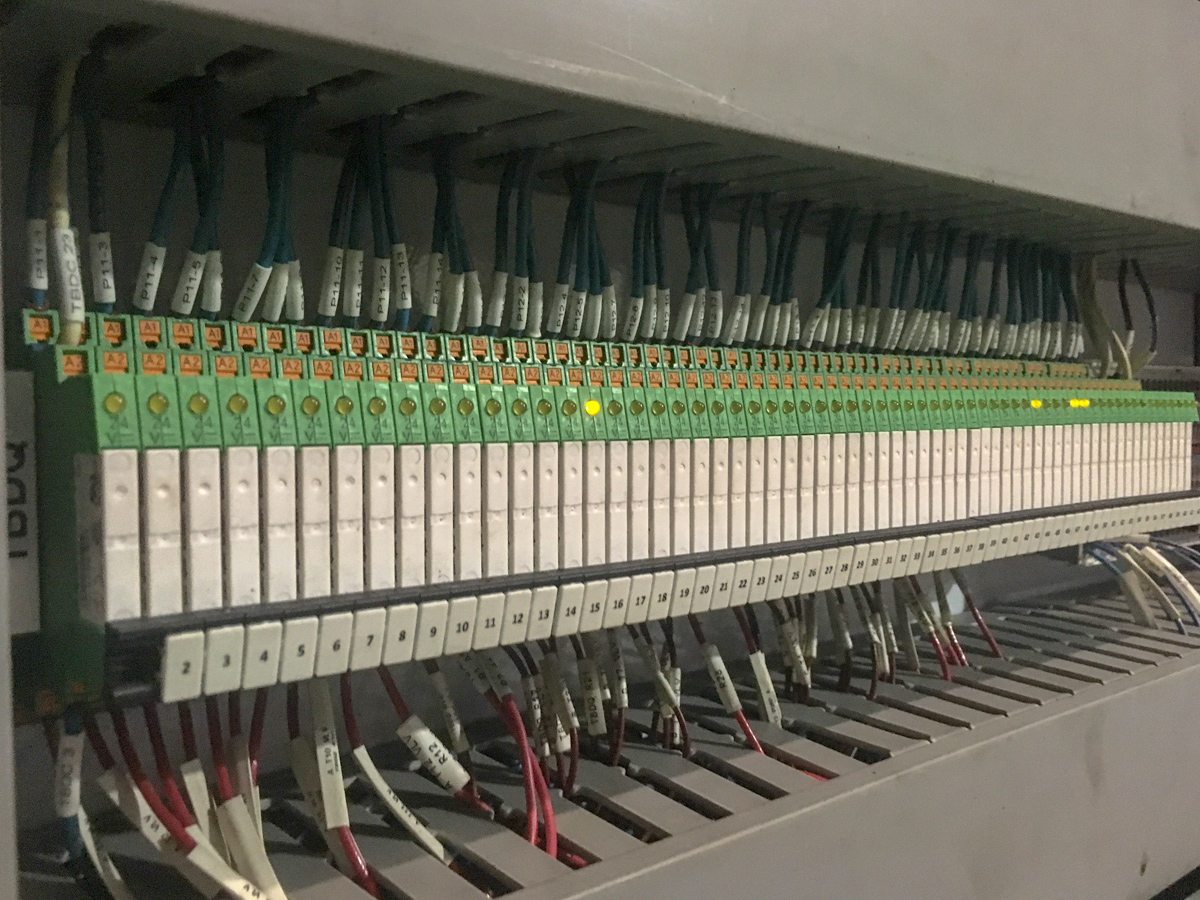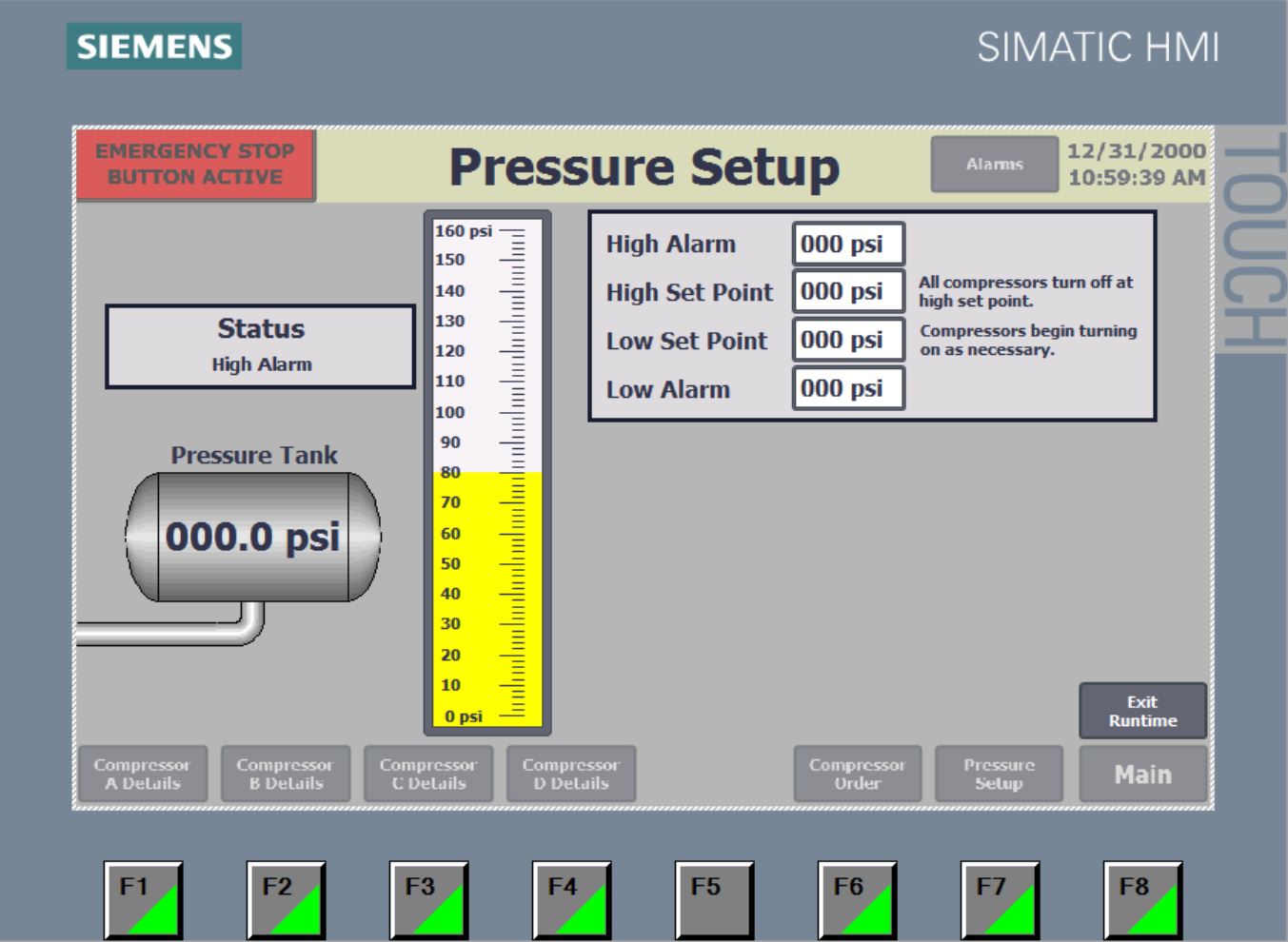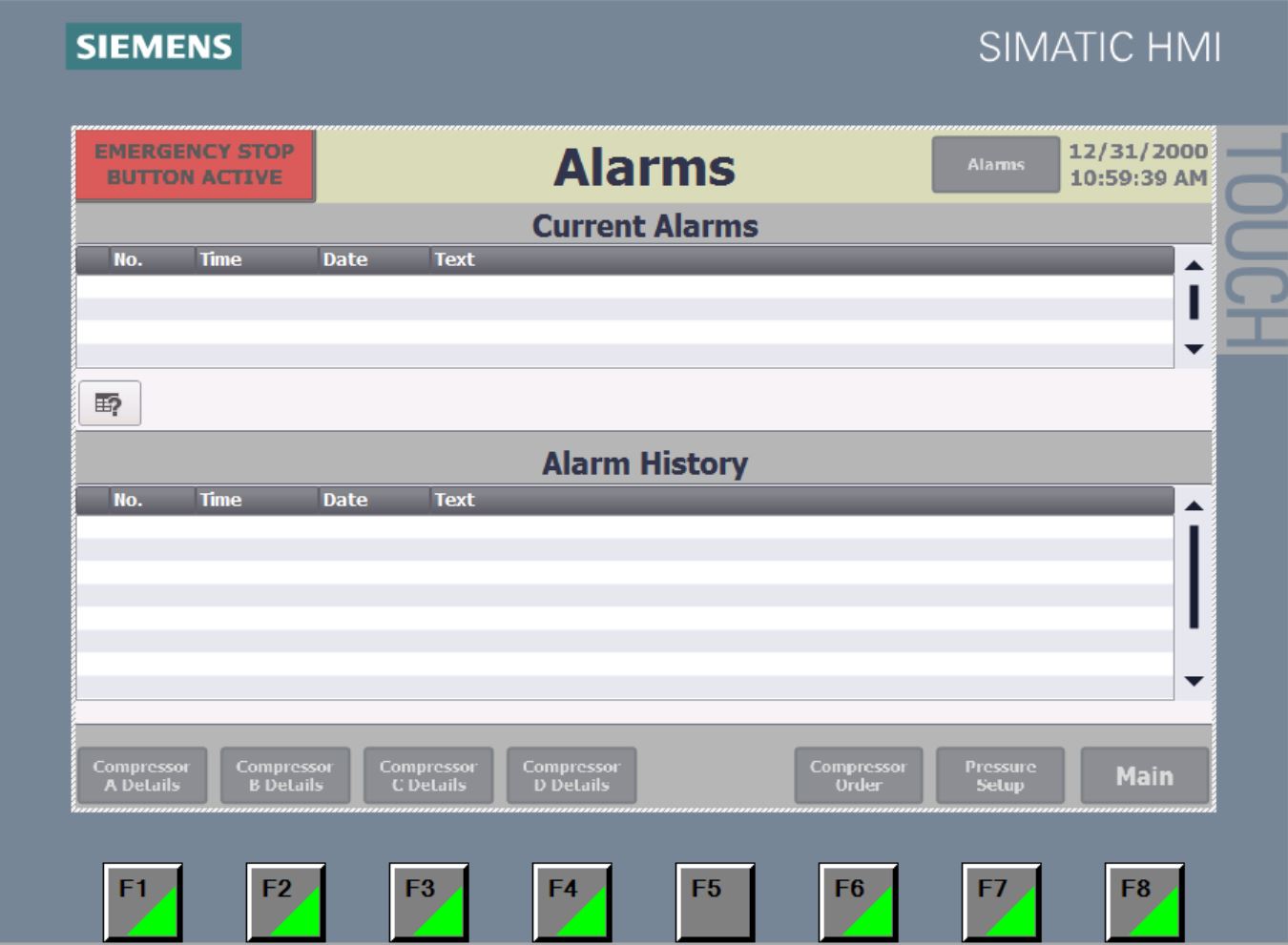
As an OEM and integrator, Clemtex has designed machinery and control systems for plant and factory automation since 1992. Our field experiences provide the necessary knowledge to serve a variety of industries and applications.
Our focus includes supplying our customers with process control and instrumentation solutions utilizing PLCs, Drives, and HMI systems.
Automation services

Plant Floor & Factory Automation

Process Integration

PLC & HMI Program
Development

Legacy System Upgrades

CAD – 2D & 3D Drawing
and Planning

Project Management

On-site Installation,
Testing and Training

On-site and Remote
Support
Areas of Expertise
- Dense phase and lean phase recovery of fluidized materials
- Use of pneumatic driven vacuum producers, motor powered cyclones and air pressure vessels
- Medias include powders and granular products (abrasive and non-abrasive)
- Recovery/recycling and separation of particle size
- Controlled transfer rate of material in a process
Pneumatic
- Dense phase recovery of heavy material
- Use of augers, belt conveyors and bucket elevators
- Medias include abrasives, shot, metallic and non-metallic
- Recovery/recycling and separation through screening, sieving and air wash
Mechanical
- Media recovery and/or metering for surface preparation
- Inventory and dispensing of materials in chemical process areas
Applications
- Pressure tanks (2 quart to 60 gallon capacity)
- Diaphragm and piston pumps for fast distribution
Pneumatic
- Gear pumps for precise distribution
- Electric piston pumps for high pressure distribution
- Peristaltic pumps for highest precision distribution
Mechanical
- Batch mixing processes
- Precise coating of parts (spray booths and coating lines)
- Precise coating of internal diameter tubes (pipe, stators, risers, etc.)
- Inventory and dispensing of materials in hazardous areas
Applications
- Piston cylinders for lifting and clamping
- 90deg actuators for valve manipulation
Pneumatic
- Motor starters for 1PH and 3PH motors
- Variable frequency drives for 3PH inductive motors
- Servo drives for pulse and servo motors
Mechanical
- Limit switching with use of physical contracts, inductive sensing switches and photoelectric switches
- Linear position feedback using incremental and absolute encoders
- Vertical position feedback using incremental and absolute encoders
- PID loop attenuation and drive speed control
Technology
- Custom designed to customers’ needs
- Control panels and process instrumentation to meet area classifications
- Touch-screen or push button controls
- Detailed process and electrical drawings
- Systems optimized with intuitive operator interface
Design
- Programming designed for easy system expansion
- Turnkey field installation
- Communication with other control systems
- Optional remote and cloud connectivity
Programming and integration
- Position - limit switches
- Level – probes and float valves
- Weight – load cell and stain gauge
- Pressure – pneumatic and fluid measurement
- Flow – Gear and paddle gauges
- Temperature – Probe, thermocouple and thermowell measurement
- Surface treatment – surface profile and coating thickness
Physical
- Position – Inductive, photoelectric and laser
- Level – radar and ultra sonic sensing
- Flow – Coriolis and ultra sonic sensing
- Temperature – inferred transmitting
- Environmental – atmospheric dew point, temperature and relative humidity
Touchless
- Motor and process timers for life information
- Process instrumentation values
- Preventative maintenance reporting
- Warnings and alarms
Logging and reporting
- Data visualization
- Units and metrics
- Built to be scaled easily and deployed quickly






















































